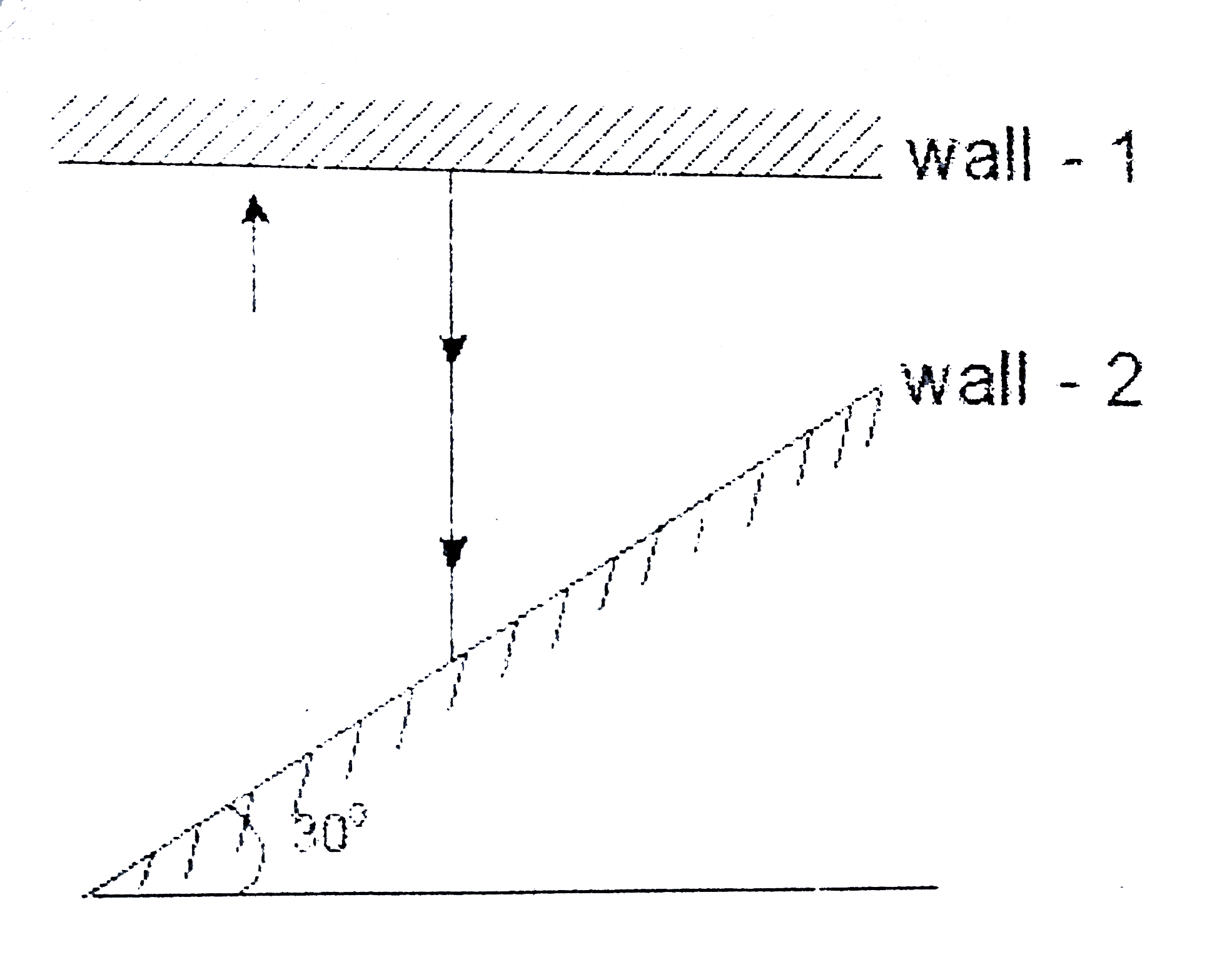Recommended Questions
- Molecule of a gas in a container hits one wall (1) normally and reboun...
02:42
|
Playing Now - A molecules in a gas container hits the wall with speed 200m // s at a...
02:24
|
Play - If gas molecules undergo, inelastic collision with the walls of the co...
03:39
|
Play - The ratio of number of collisions per second at the walls of container...
03:55
|
Play - If gas molecules undergo, inelastic collision with the walls of the co...
03:39
|
Play - A molecule in a gas container hits a horizontal wall with a speed of 2...
03:43
|
Play - Ideal gas molecules experiences -Elastic collisions with walls of co...
01:19
|
Play - A molecule in a gas container hits a horizontal wall with a speed of 2...
Text Solution
|
Play - A molecule in a gas container hits a horizontal wall with speed 200 ms...
03:59
|
Play
